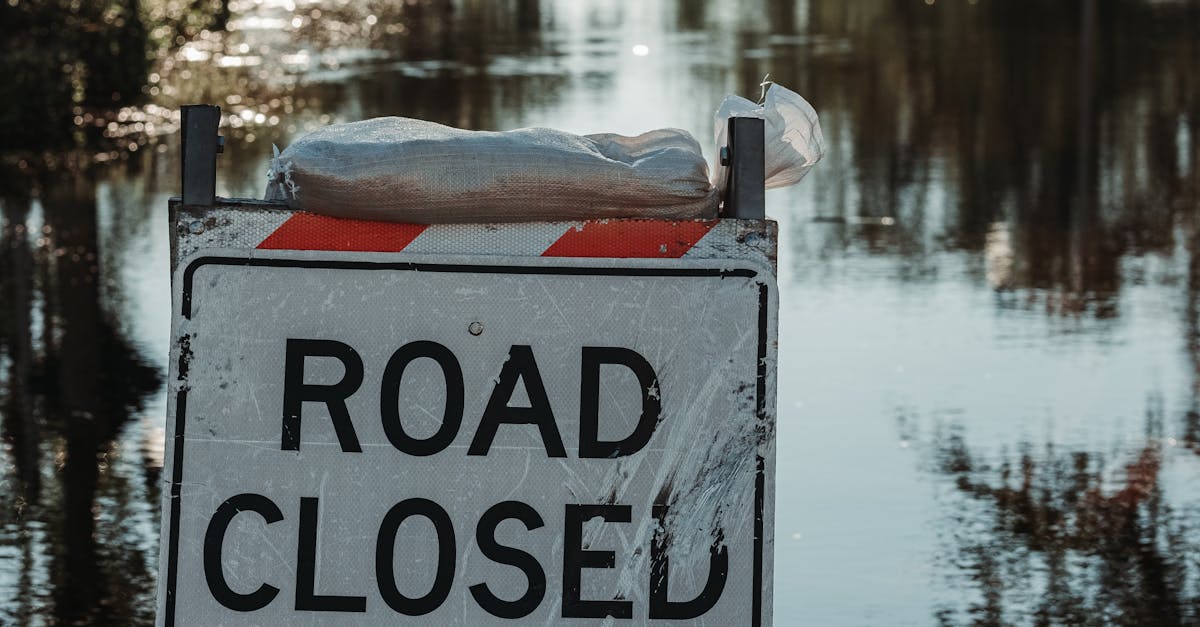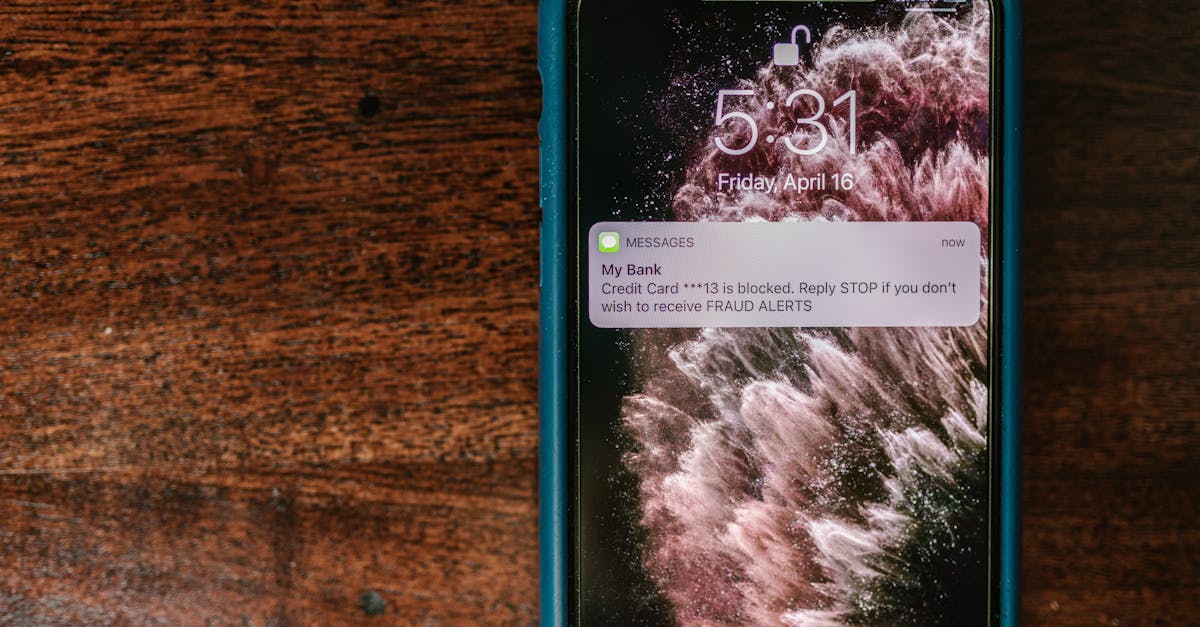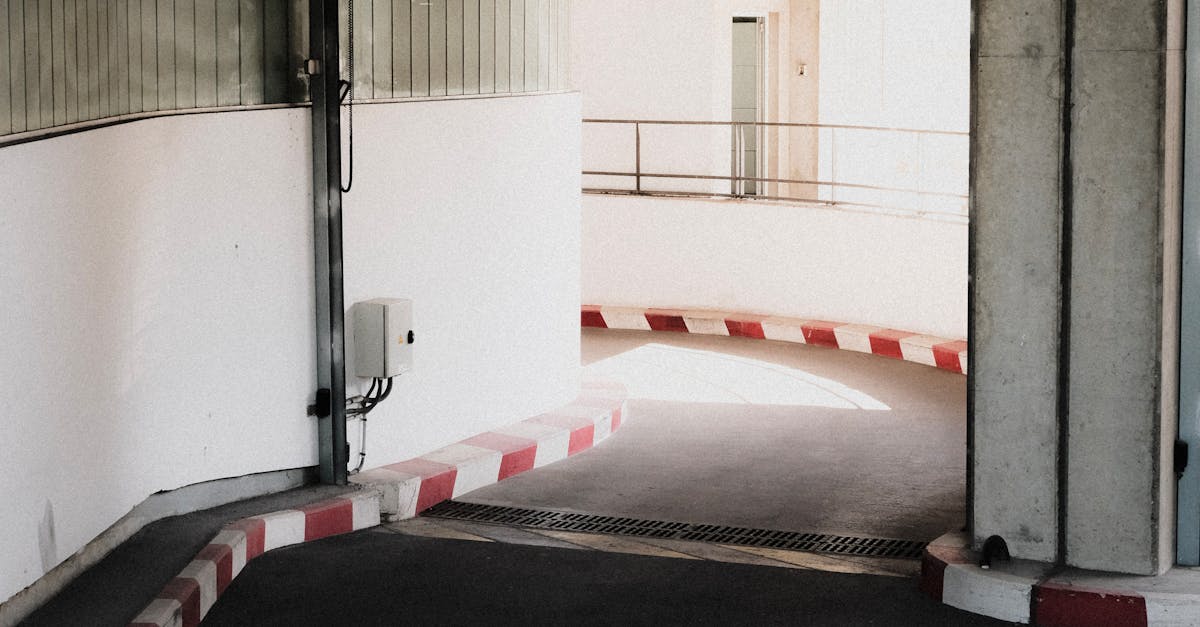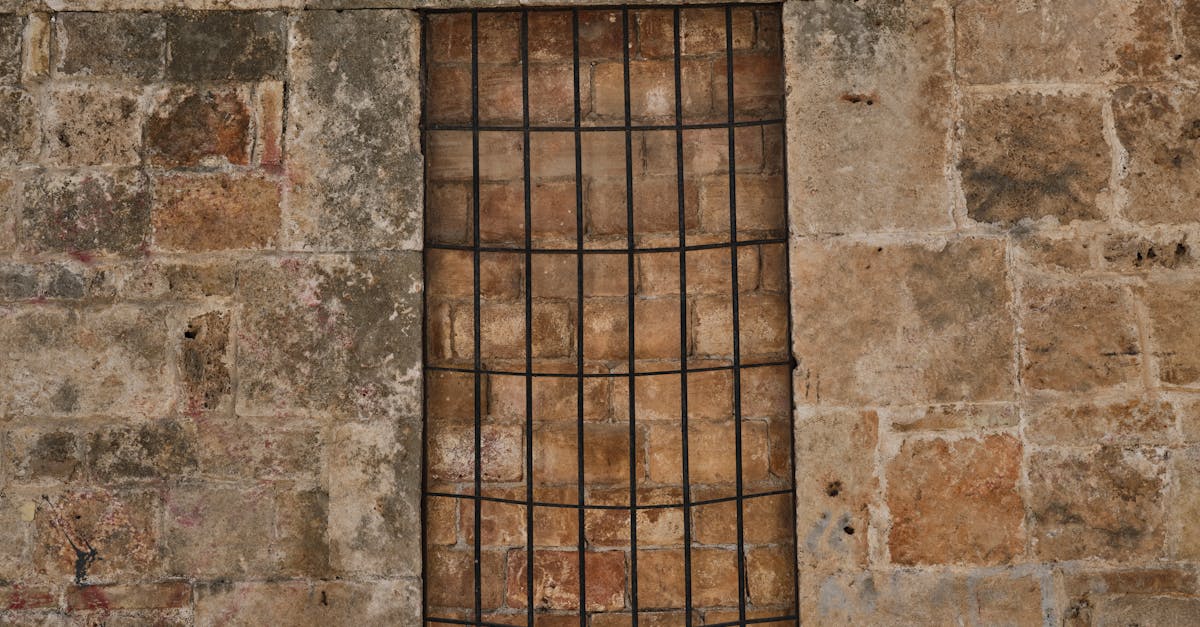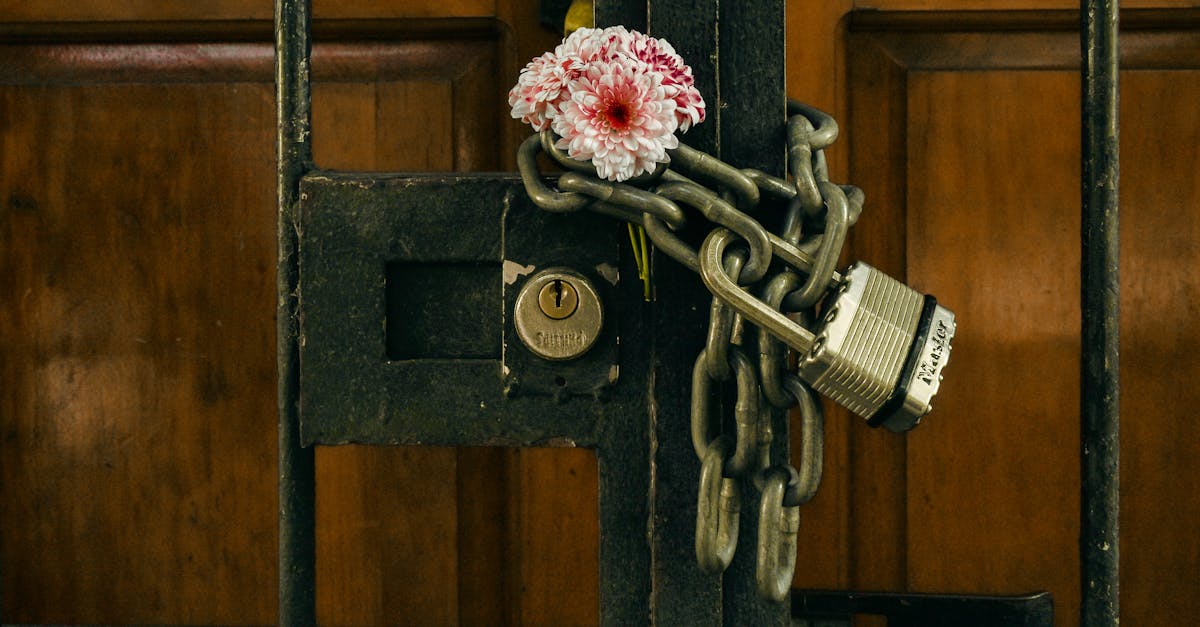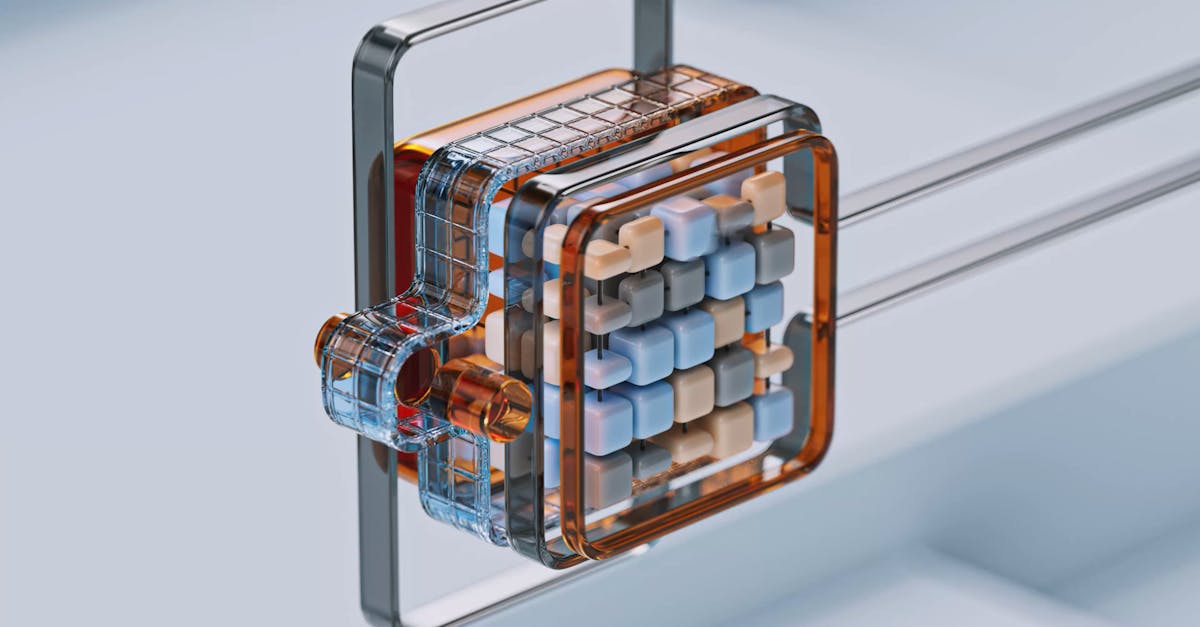
Table Of Contents
Utilizing a Rubber Patch for Larger Leaks
A rubber patch serves as an effective immediate solution for addressing larger leaks in a burst pipe repair scenario. Typically, the patch should be made from thick, sturdy rubber to withstand pressure and prevent further leakage. Before applying the patch, ensure that the area around the burst is clean and dry, as this will help achieve a better seal. The size of the patch should cover the leak completely, extending beyond the damaged area by at least an inch on all sides.
To secure the patch effectively, utilize a strong adhesive tape or clamps. Wrap the tape around the rubber patch tightly, making sure it adheres firmly to the pipe surface. If clamps are used, position them evenly spaced along the length of the patch to provide additional support and prevent any movement. This method temporarily halts water flow, allowing you to address the issue more thoroughly with a permanent fix later on.
How to Properly Secure the Patch
To ensure an effective burst pipe repair with a rubber patch, it's crucial to secure the patch tightly against the leak. Start by cleaning the area around the burst to remove any debris or moisture that might prevent a strong bond. Once the surface is clean, place the rubber patch over the damaged section, making sure it extends at least one inch beyond the edges of the leak.
Next, use a hose clamp or duct tape to secure the patch firmly in place. If using a hose clamp, position it evenly around the patch and tighten it until the rubber makes full contact with the pipe. In cases where duct tape is preferred, wrap it around multiple times, ensuring a snug fit that will hold the patch up against the pipe. This method provides a temporary solution while you await professional repairs.
Making Use of Plumbing Putty
Plumbing putty serves as an effective solution for temporarily sealing smaller leaks. It is a malleable substance that can be shaped to fit the contours of the burst pipe. Users should clean the area around the leak to ensure proper adhesion. Once the surface is dry, a small amount of putty can be kneaded and pressed firmly over the leak. Its ability to form a tight seal helps prevent further water loss until a permanent fix can be implemented.
Effective application of plumbing putty involves precise technique. After preparing the surface, it is crucial to apply enough putty to cover the entire area of the leak. Smooth down the edges to minimize any potential water escape. Allow it to set as per the manufacturer's instructions for optimal results. This method provides a temporary measure for burst pipe repair, ensuring that the immediate issue is addressed while awaiting a professional repair service.
Effective Techniques for Application
When applying plumbing putty, begin with a clean surface to ensure proper adhesion. Clear away any moisture or debris around the area of the burst pipe before applying the putty. Take a generous amount of putty and knead it in your hands until it becomes pliable. This step activates its adhesive properties. Once the putty is ready, firmly press it onto the affected area, ensuring it fills the crack or hole completely.
For effective sealing, smooth the edges of the putty with your fingers, blending it into the surrounding pipe material. This prevents water from seeping behind the putty, enhancing the effectiveness of your burst pipe repair. Allow the putty to cure according to the manufacturer’s instructions. Curing times vary, but waiting until fully set ensures a more robust and lasting seal against potential leaks.
Considering Epoxy Putty for Durable Sealing
Epoxy putty serves as an excellent solution for burst pipe repair, offering a strong and durable bond that can withstand water pressure. This type of putty is designed to create a long-lasting seal, making it ideal for emergency situations. Once mixed, it quickly hardens and forms a waterproof barrier, which can help prevent further damage while you plan for more permanent repairs.
When applying epoxy putty, it is essential to follow the instructions carefully for the best results. Start by ensuring the area around the leak is clean and dry; this will promote better adhesion. Mix the putty according to the manufacturer’s specifications, ensuring you knead it thoroughly. Once ready, press the putty firmly over the damaged area, shaping it to cover the leak completely. The curing time varies by product, so avoid using the pipe until the epoxy has fully set.
Instructions for Proper Mixing and Application
For effective burst pipe repair using epoxy putty, start by preparing the putty according to the manufacturer's instructions. Typically, this involves kneading equal parts of the resin and hardener together until the mixture achieves a uniform color and consistency. This step ensures that the putty will cure properly, resulting in a strong bond that can withstand the pressure from water flow.
Once the putty is mixed, apply it directly over the leak site on the pipe. Press the putty firmly into place, ensuring it fills in any cracks or openings. It is essential to smooth the surface as much as possible, allowing for a better seal. Wait for the recommended curing time, which usually ranges from a few minutes to several hours, depending on the specific product used. This allows the epoxy putty to harden and effectively bond to the pipe, providing a temporary solution until a more permanent repair can be made.
FAQS
What is the best method to temporarily seal a burst pipe?
The best method to temporarily seal a burst pipe depends on the size of the leak. For larger leaks, utilizing a rubber patch is effective, while plumbing putty or epoxy putty can work well for smaller leaks.
How do I apply a rubber patch to a burst pipe?
To apply a rubber patch, cut a piece of rubber that covers the leak and securely wrap it around the pipe. Use clamps or duct tape to hold it in place, ensuring it is tightly fitted to create a seal.
Can plumbing putty stop a burst pipe leak?
Yes, plumbing putty can effectively seal small leaks in burst pipes. It adheres to the surface and creates a watertight seal when applied correctly.
How do I mix and apply epoxy putty for a burst pipe?
To mix epoxy putty, follow the manufacturer's instructions, typically combining equal parts of resin and hardener. Knead the mixture until it’s uniform, then apply it directly to the leak area, ensuring it is firmly molded around the pipe.
How long will a temporary seal last on a burst pipe?
A temporary seal can last anywhere from a few hours to several days, depending on the method used and the conditions around the leak. It is important to seek a permanent repair as soon as possible.


